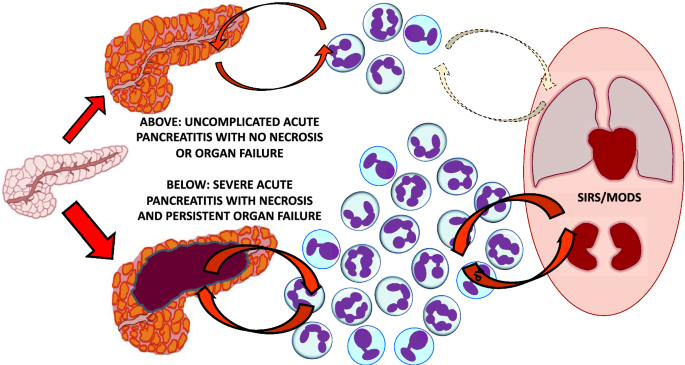Emblica emblica, a tropical and subtropical evergreen fruit tree, is loved by people for its unique taste and nutritional value. Its fruit is both sour and sweet, rich in vitamin C, vitamin A, potassium, dietary fiber and antioxidants. Traditionally, amla is not only considered a delicious and delicious fruit, but is also widely used in Ayurvedic medicine to treat various ailments and relieve discomfort.
The growing environment of Phyllanthus emblica requires sufficient sunlight, a warm and humid climate and well-drained soil. They usually grow in tropical and subtropical areas below 1,000 meters above sea level, such as India, China, Indonesia, Thailand, Malaysia and the Philippines. The fruit of Phyllanthus emblica is oval, generally about 2-3 cm long, with green or yellow skin and white or red flesh. It tastes both sour and sweet.
In terms of nutritional value, amla fruit is rich in a variety of vitamins, minerals and antioxidants. Research shows that Phyllanthus emblica is rich in vitamin C, vitamin A, vitamin P, potassium, dietary fiber, flavonoids and antioxidants. These nutrients help boost immunity, prevent cardiovascular disease, improve vision, relieve stress, and more. In addition, Phyllanthus emblica contains a variety of ingredients with medicinal value and has been traditionally used to treat colds, coughs, sore throats, dysentery, etc.
As a fruit, Phyllanthus emblica has a unique taste and unique flavor. It can be eaten directly or used to make juice, jam, preserves, etc. In India, amla is widely used in cooking and baking, such as with yogurt, oatmeal, etc. In addition, Phyllanthus emblica can also be used to make seasonings, drinks and desserts.
Ayurvedic medicine is one of the ancient medical systems in India and has a history of thousands of years. It emphasizes the harmony and unity of body, mind and soul, and focuses on prevention and holistic treatment. Emblica plays an important role in Ayurvedic medicine and is used to treat various ailments and relieve discomfort. According to Ayurveda, the fruit of amla has cooling, moistening and softening properties that can improve digestion, remove toxins from the lungs, relieve inflammation and pain, and more. In addition, amla is often used in combination with other foods and treatment regimens to enhance the therapeutic effects.
In summary, Phyllanthus emblica has attracted widespread attention due to its unique taste, nutritional value and medicinal value. In daily life, we can consume amla in moderation to absorb rich nutrients, prevent diseases and maintain health. At the same time, the application of Ayurvedic medicine also provides us with new perspectives and methods to help us better discover and utilize this magical fruit. In the future, with the in-depth development of research and the continuous growth of market demand, Phyllanthus emblica is expected to be applied and promoted in more fields, making greater contributions to human health and sustainable development.
Untold benefits of Amla and should you have it on an empty stomach?



